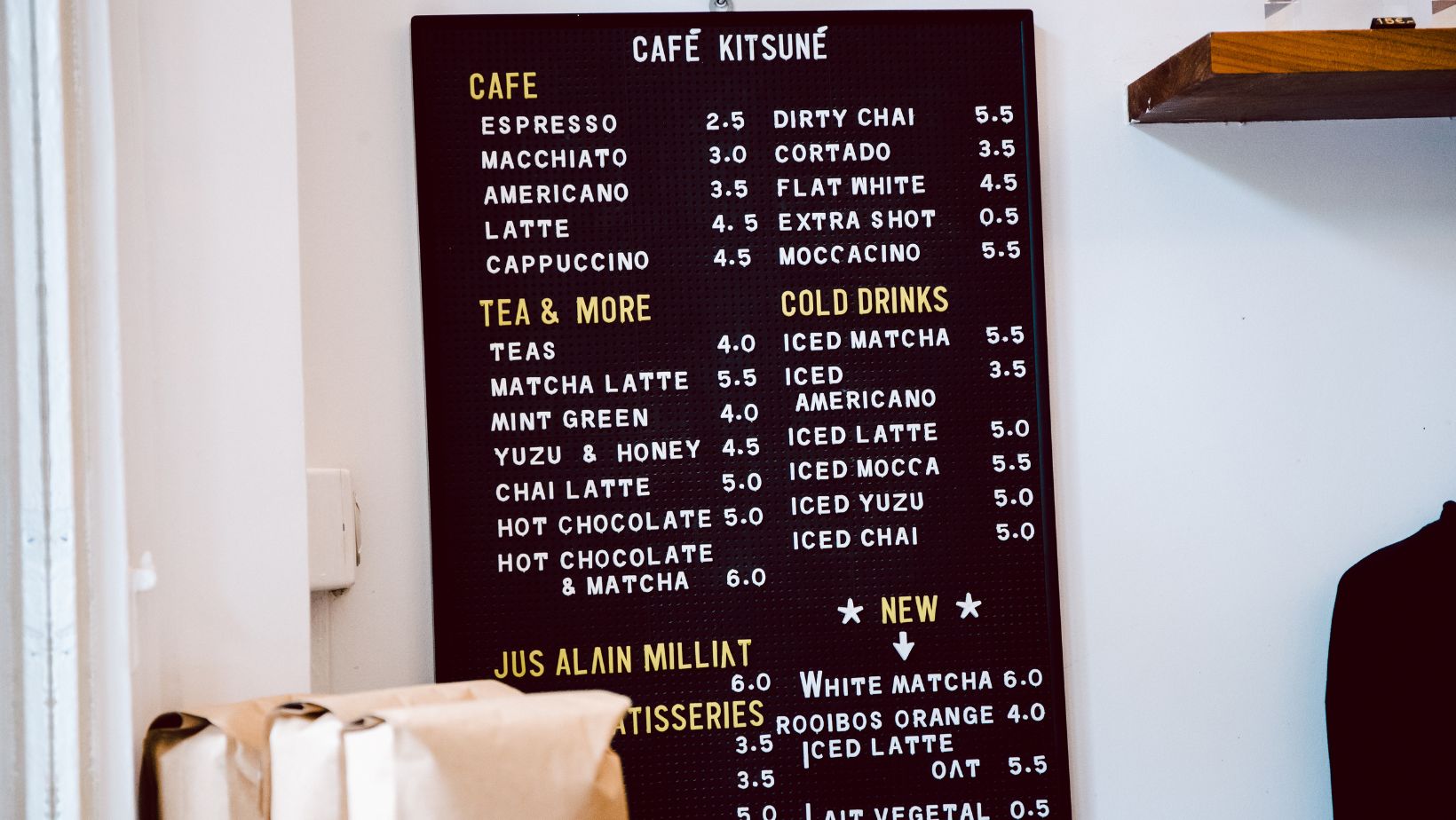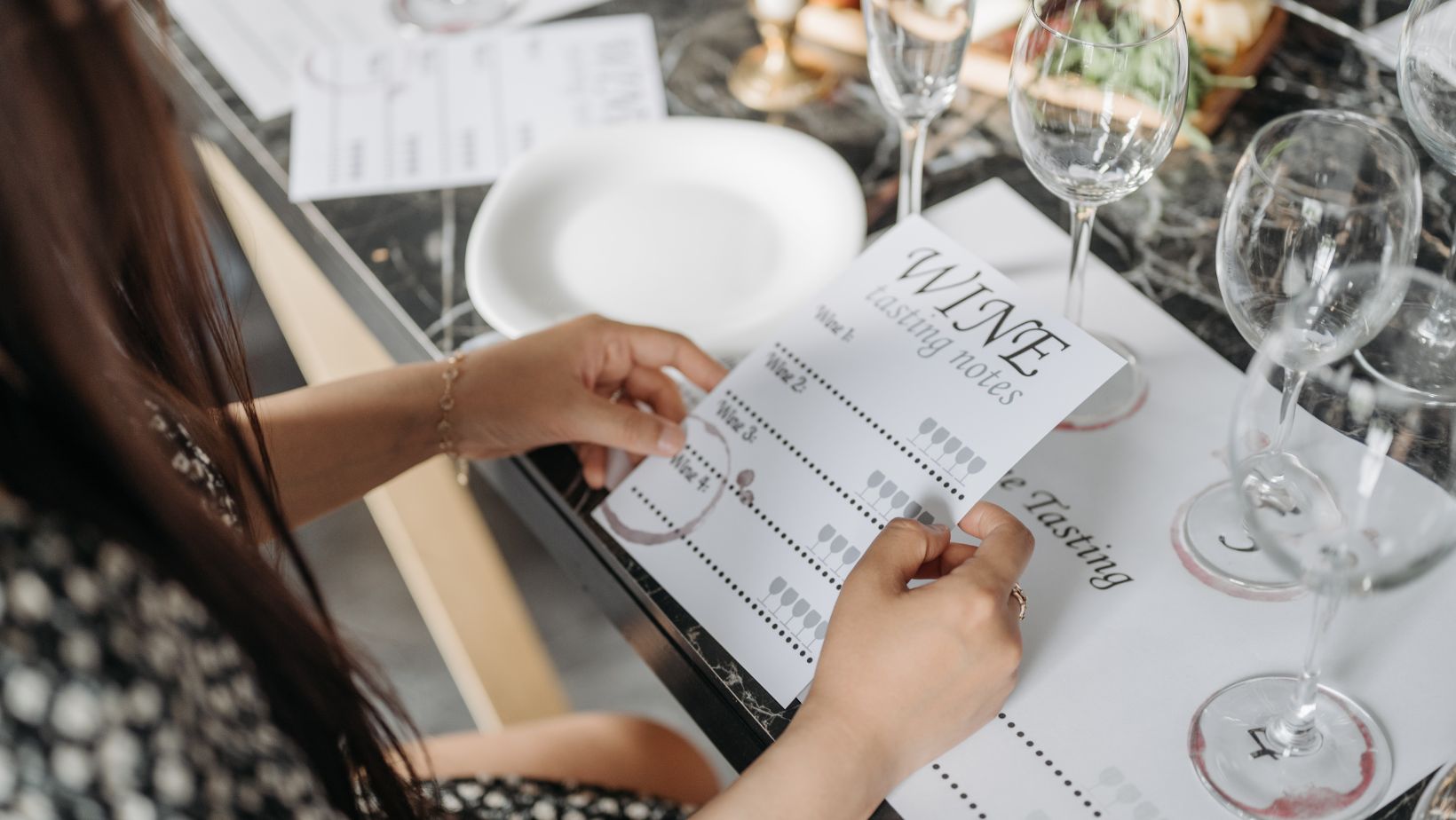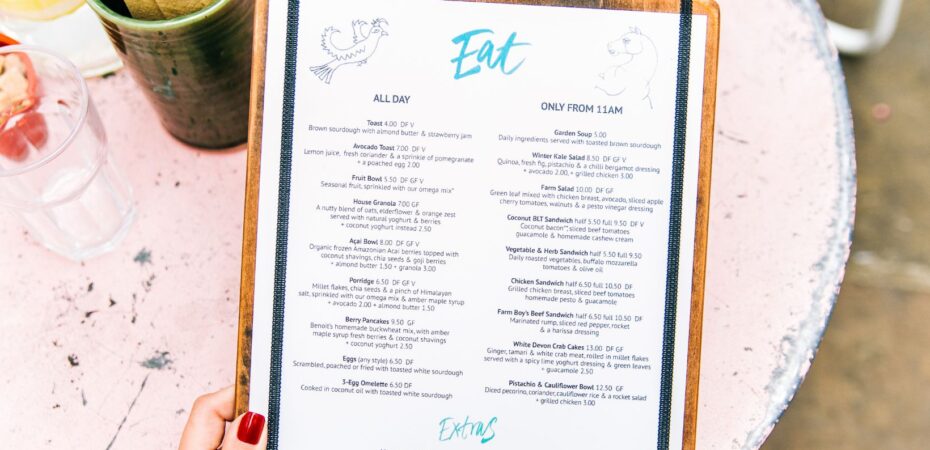Selecting a menu holder that aligns with a premium dining experience involves precision, creativity, and sound reasoning. You might be wondering if it should even matter. In this guide, you will learn all the practical details of how to bring luxury to any table and style.
Main Purpose of a Menu Holder
Using a menu holder is more than an aesthetic choice. First, it guards each page from spills and smudges, and as a result, protects it from damage and incurs lower costs. High standards are vital for an upscale setting, and well-kept menus reflect that. When they’re paying for a top-tier dining encounter, diners notice small details. A reliable menu holder also provides a firm structure for the printed pages. Menus without support can bend, tear, or feel cheap. Pages won’t curl because sturdy holders hold them in place. It’s a small thing that will boost their faith in your place’s offerings.
It also simplifies staff duties. If the holder is easy to open or wipe down, servers can clean and rearrange menu inserts in less time. It is especially important when speed matters, during peak hours. This time saved here frees your team up to focus on guests, and they provide better service. Furthermore, a menu holder can hint at your place’s character. If you run a fine steakhouse, a leather-bound holder might suit that style. If you run a modern lounge, acrylic with sleek lines would look better. Every choice creates the atmosphere guests will feel as they sit down. These details are worth paying attention to so your menus stay nice.
Key Material Choices
Leather menu holders exude a classic flair. They cost more than other options, but many owners make the investment. For minor spills, leather is fairly impermeable, but routine care is required to keep leather from drying out or cracking. Some types may need a leather conditioner, but a gentle wipe with a damp cloth works well. Wood can be warm and organic. If your place has that farm-to-table vibe, a wooden holder fits right in. It is very important to seal the surface to protect it from stains. It looks fresh with a quick polish. Usually, wood is heavier so that staff can move them without trouble.

Metal menu holders have a sleek look, often fitting contemporary settings. They are durable and stable, but they feel cold to the touch. Common materials are stainless steel and aluminum. Fingerprints or smudges can be removed with regular cleaning, and a light buff will keep them polished. Plastic remains a simple and budget-friendly choice. Not every premium concept will match this option, but some plastic holders have modern designs. If damaged, they are easy to replace. They are easy to wipe down, which can be helpful in quick turnover busy places.
Important Points for a Refined Look
Focus on build quality first. Cheap-looking edges or loose screws don’t build trust. The menu is stable in a firm frame. A good sign of good craftsmanship is a strong hinge or binding that can take frequent handling. Surface texture also matters. Easy-to-wipe surfaces can be smooth, while rough finishes can hold onto debris or stains. Choose materials that staff can clean quickly. Style is not the only thing that matters, it is about care as well. If a menu holder looks neat day after day, it upholds the sense of elegance you aim to convey.
Make sure the dining area is highlighted when you choose a color or a pattern. If your plan is a candlelit ambiance, subtle tones are the best. Bright colors may brighten up a busy room. The meal experience should match the shape. The soft look can be achieved by adding curved lines or a more modern look with angular holders. Pages can be kept neat with protective sleeves, but they need to fit snugly. Messy loose pages don’t feel premium. You also want to think about how easy it is to swap out pages. A practical design will save time and hassle if your menu changes often. It all feels very well refined indeed.
Match the Holder with the Venue Theme
A cohesive style will help to tie the whole dining room together. A menu holder is a small piece, but it has a large impact on the overall look. Imagine a wooden bistro, earthy with rustic tones. Clashing with the cozy mood, a bright plastic holder would. A wooden piece or leather-bound one, for example, would work better for that warm vibe. If you have a seafood place near the coast, even a slight blue or neutral tone can reflect the calm environment.

Also, materials that can take humidity are important, salt in the air might affect some surfaces. Coastal places are better for metal or sealed wood to last longer. If you run a high-end steakhouse with dim lights and plush seats, a leather holder might be what you want. It can be a mirror of what luxury guests expect. If you want a slim acrylic holder in a sleek, modern form to match your modern furniture, you can use a minimal lounge. The real key is to unify the overall aura.
Conclusion
Selecting the right menu holder can refine your whole dining setting. Each plays a part: materials, build quality, and style, in order to keep your menus neat and in line with the place’s tone. Confidence and a better impression of your brand are what a cohesive appearance gives you when presented to guests. It keeps function and flair with these little details like color, shape, and ease of care. And think about how the holder matches your venue’s character. An established style can help people remember their visit. Also, remember that staff efficiency is important, so choose holders that are easy to maintain or update. In short, a well-chosen menu holder supports your premium aims by uniting design, care, and convenience, delivering an enhanced experience for diners and staff alike. Every choice counts here.


 By
By 




